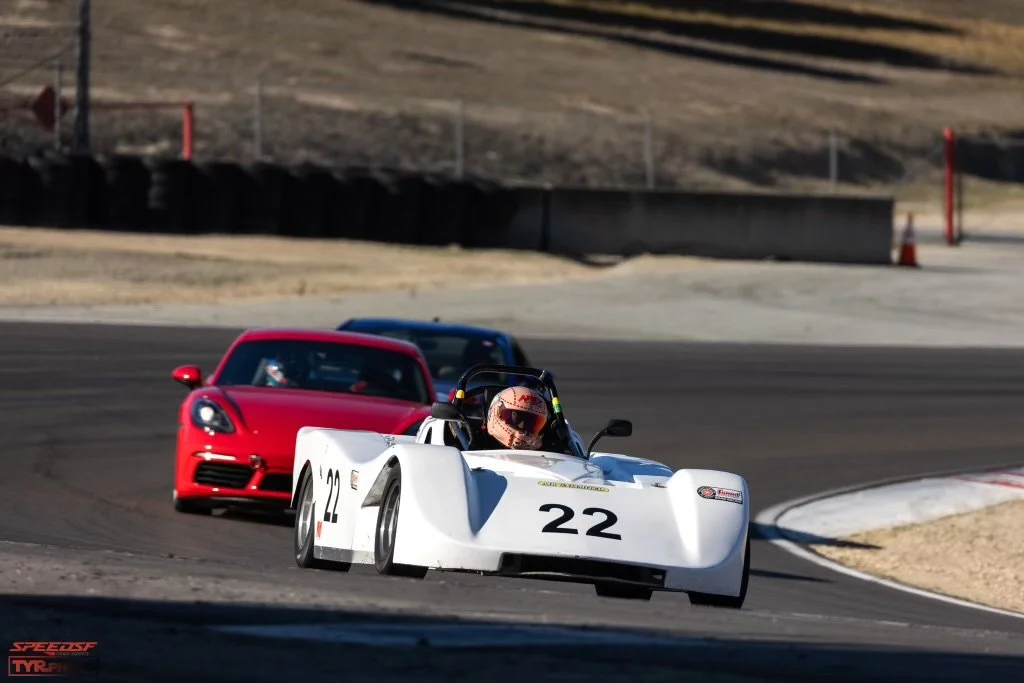
SpeedSF Blog
Every Build Has a Story – Meet the Cars of SpeedSF

Max’s Spec Racer Ford: Lose The Ego
After cutting his teeth in a Porsche, Max got an inkling that going to a lighter, cheaper, more expendable device might expedite his improvement as a driver and budding racer.

Ed Susman's 718 Cayman: Proving the Four-Cylinder's Potential
After years of tuning flat-fours in Subarus, Ed Susman realized he might have a new audience if he learned to tune the new Porsche Cayman with that engine configuration. As he learned, it didn’t take much to make this 2.5-liter engine seriously powerful.
